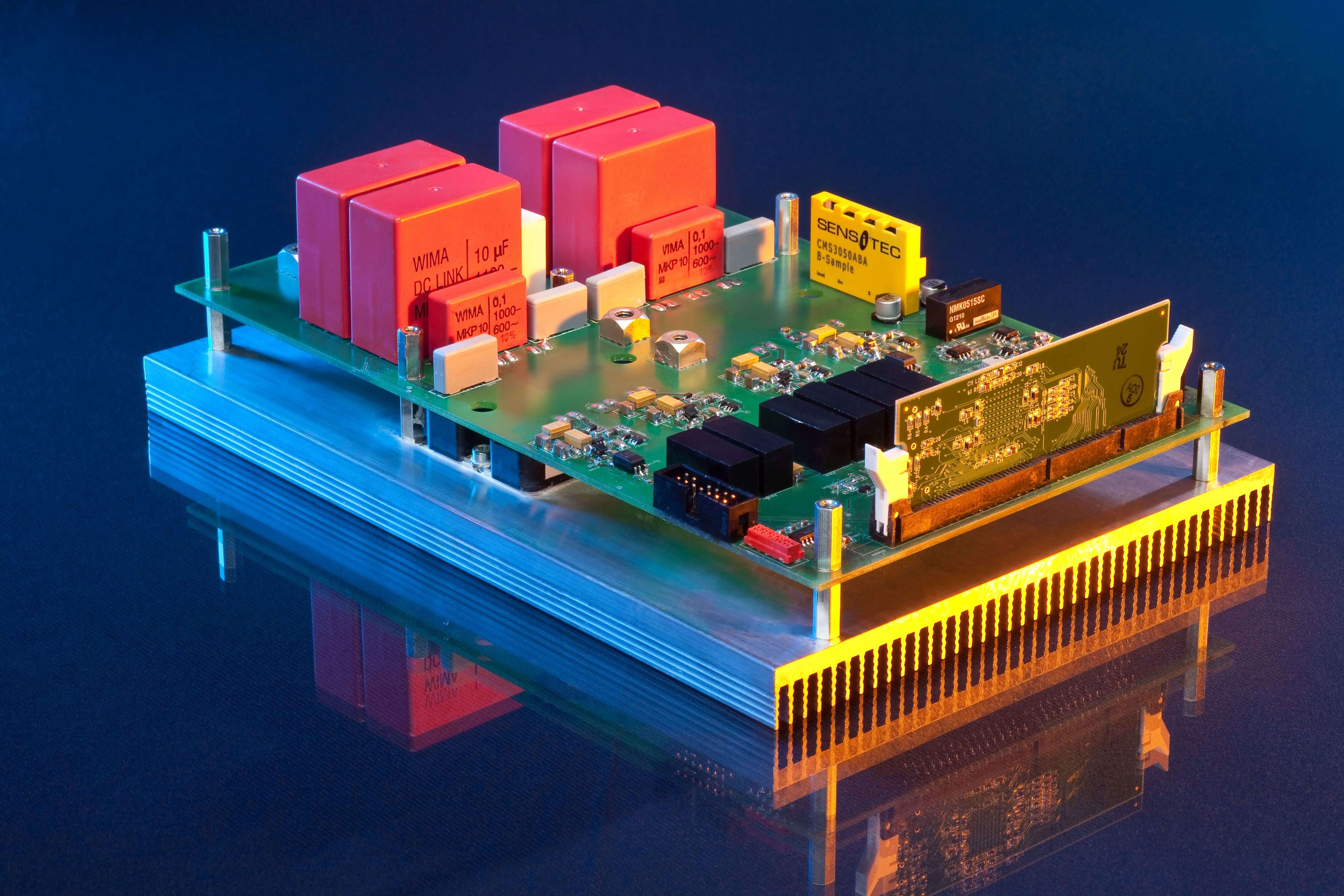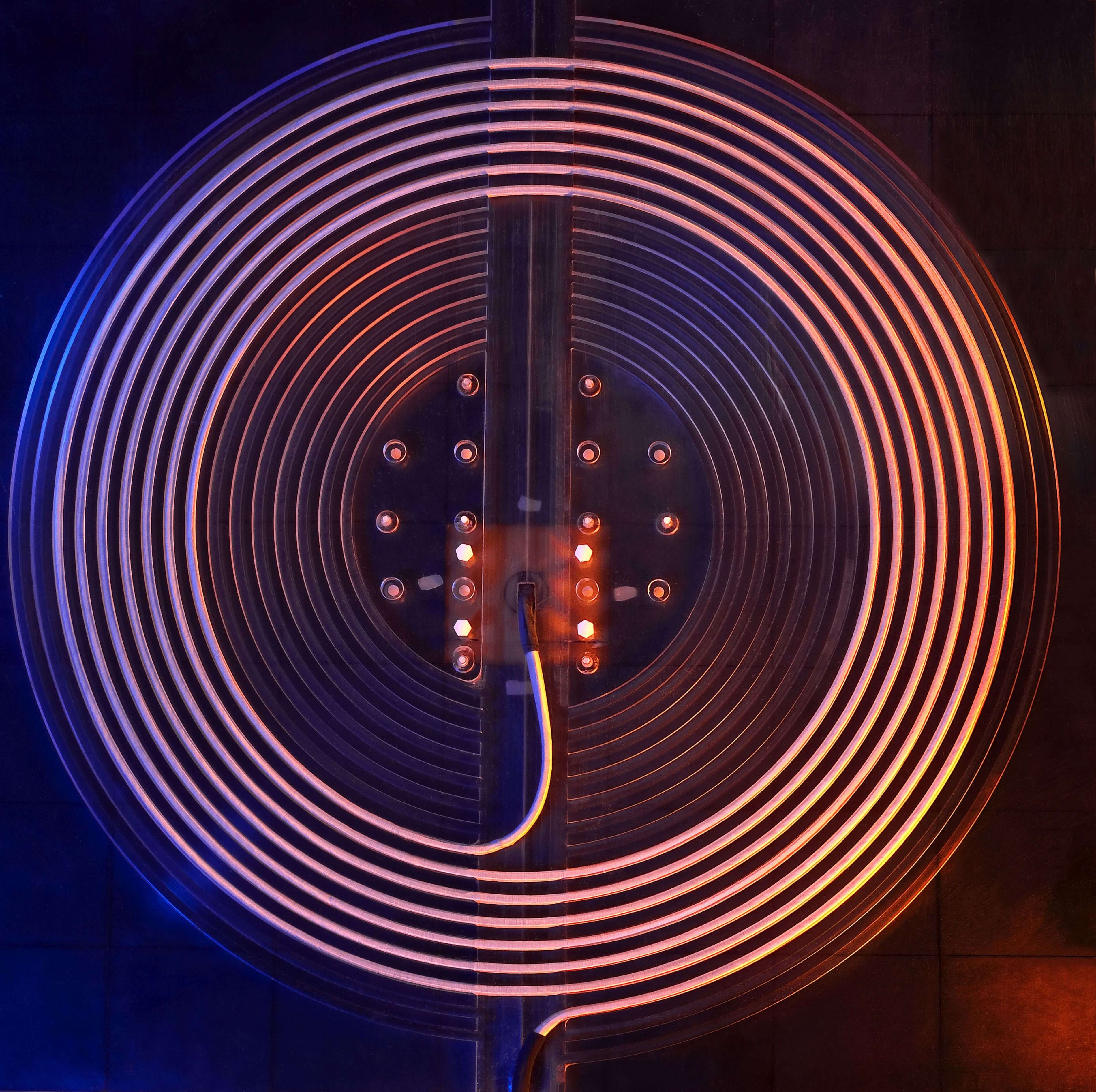| Duration: | November 2011 - October 2014 |
| Contracting Authority/ Sponsors: | Fraunhofer-Gesellschaft in the course of the Tomorrow-Projects |
| Project Partners: | Fraunhofer Institute for Industrial Engineering IAO, Stuttgart; Fraunhofer Institute for Transportation and Infrastructure Systems IVI, Dresden; Fraunhofer Institute for Open Communication Systems FOKUS, Berlin; Fraunhofer Institute for Embedded Systems and Communication Technologies ESK, Munich; Fraunhofer Institute for Integrated Circuits IIS, Erlangen |
| Website: | www.gemo.fraunhofer.de |
GeMo – Highly Efficient Inductive Energy Transmission for Electric Vehicles


Wireless energy transmission has become established in many technological applications. This type of energy transfer is considered to be promising not only for charging small devices such as electric toothbrushes and mobile phones but also for electromobility. Fraunhofer ISE is conducting research on inductive energy transmission within the ”GeMo” project on community electromobility. The required power-electronic converters, the coil system and controls technology are being developed at Fraunhofer ISE. The efficiency and the power range were significantly improved by the application of new power transistors based on silicon carbide (SiC).
Wireless inductive energy transmission can be compared to the principle of a transformer. In both cases, an alternating magnetic field is created by a primary coil, which induces a voltage in a secondary coil. However, in contrast to a transformer, the magnetic field is not guided completely through an iron core; instead, the field must span a large air gap between the primary and secondary coils. For this reason, the main magnetic flux penetrates the secondary coil only partially and a large leakage flux arises.
In inductive energy transmission to charge an electric vehicle, the stationary coil is embedded in the road or the parking spot, whereas the second, mobile coil is integrated into the chassis of the vehicle. A cable connection between the charging station and the electric vehicle is no longer needed. The system is conceived such that energy transmission from the vehicle battery back into the electricity grid is also possible. This means that electricity from renewable energy sources can be temporarily stored in the vehicle battery and grid services such as the provision of operating reserve can be offered.
A particular challenge for inductive energy transmission for electric vehicles is to achieve high efficiency. The efficiency of various power electronic converters in the complete charging system can be increased appreciably by the use of new semiconductor components of silicon carbide (SiC). The low switching losses of the SiC transistors allow a high switching frequency, resulting in a mechanical configuration which is more compact and lighter than conventional devices. Further losses can be minimised by optimising the coils and the resonant circuit. The reactive power demand of the coils and their leakage field is compensated by special capacitors on the stationary and the mobile sides. Also, no reactive power needs to be exchanged between the power electronics and the coils.
The prototype of an inductive energy transmission system developed at Fraunhofer ISE has proven to be very efficient. It achieved an efficiency of 97.4% for the inductive transmission with a coil separation of 13 cm. Power up to 22 kW can be transmitted.